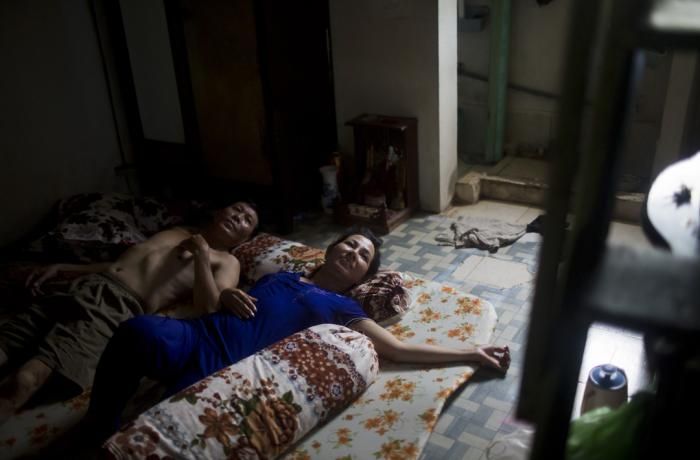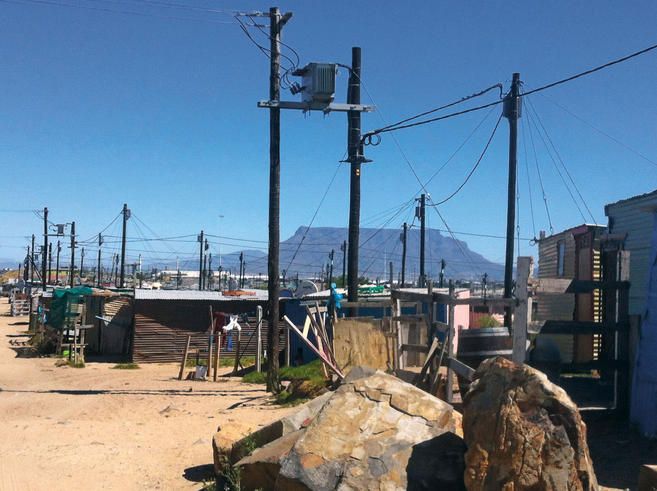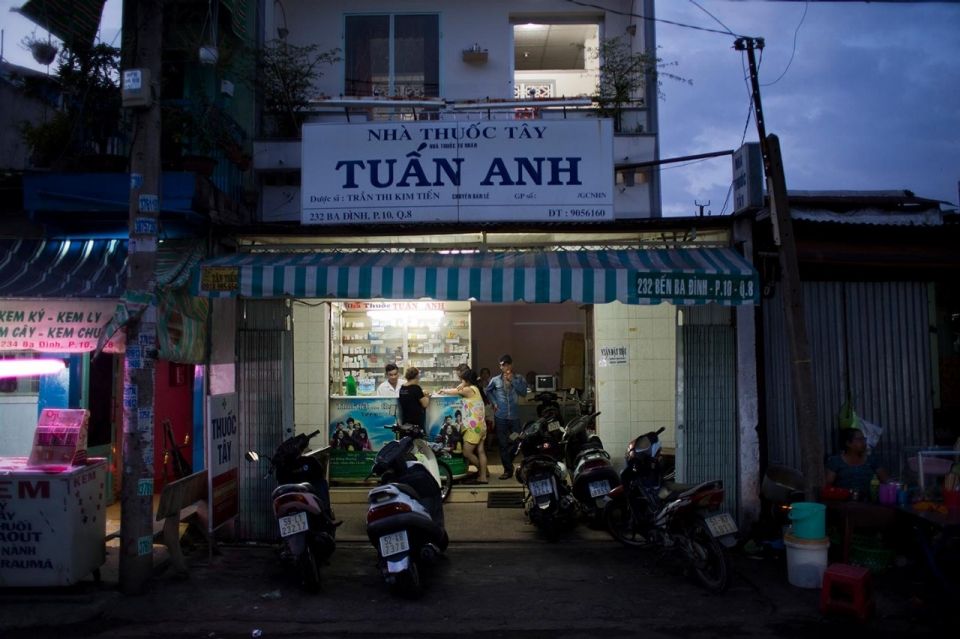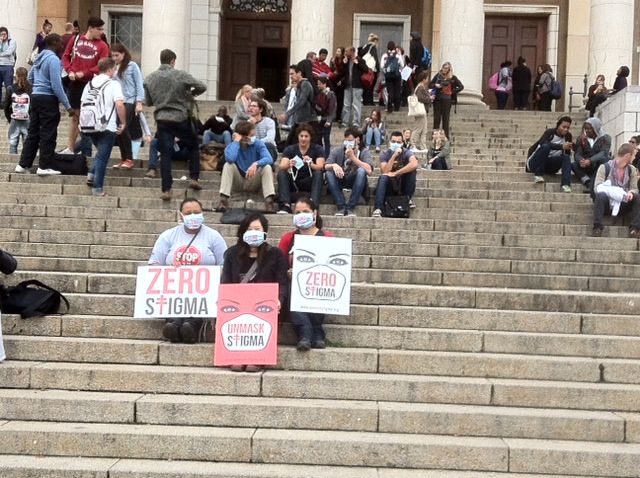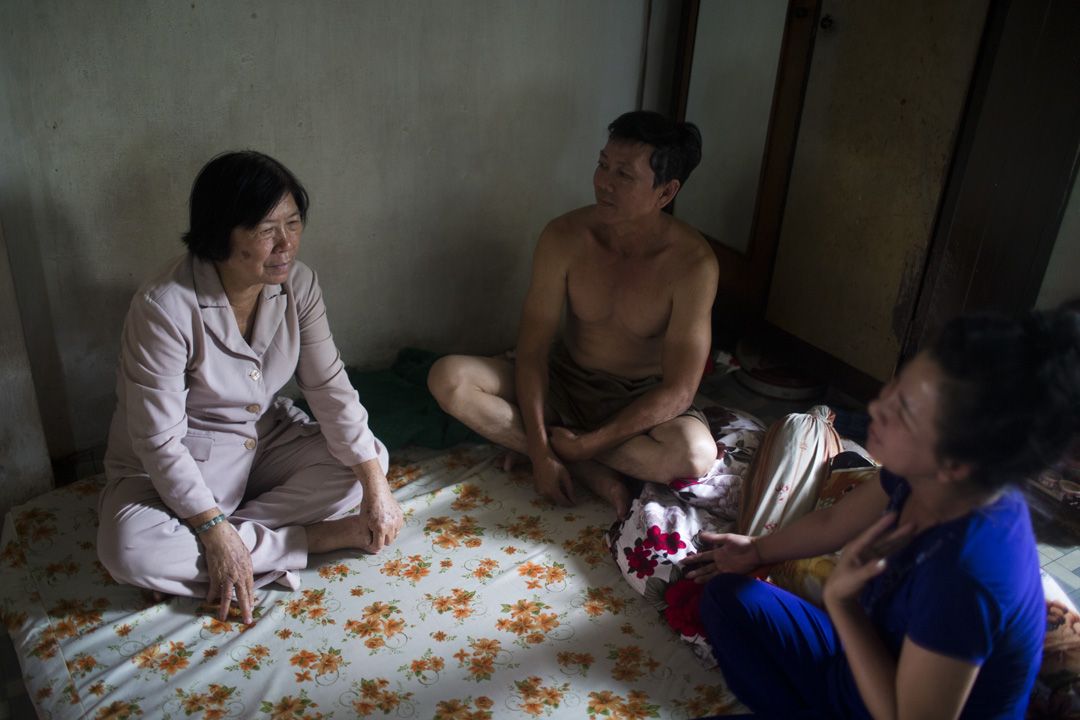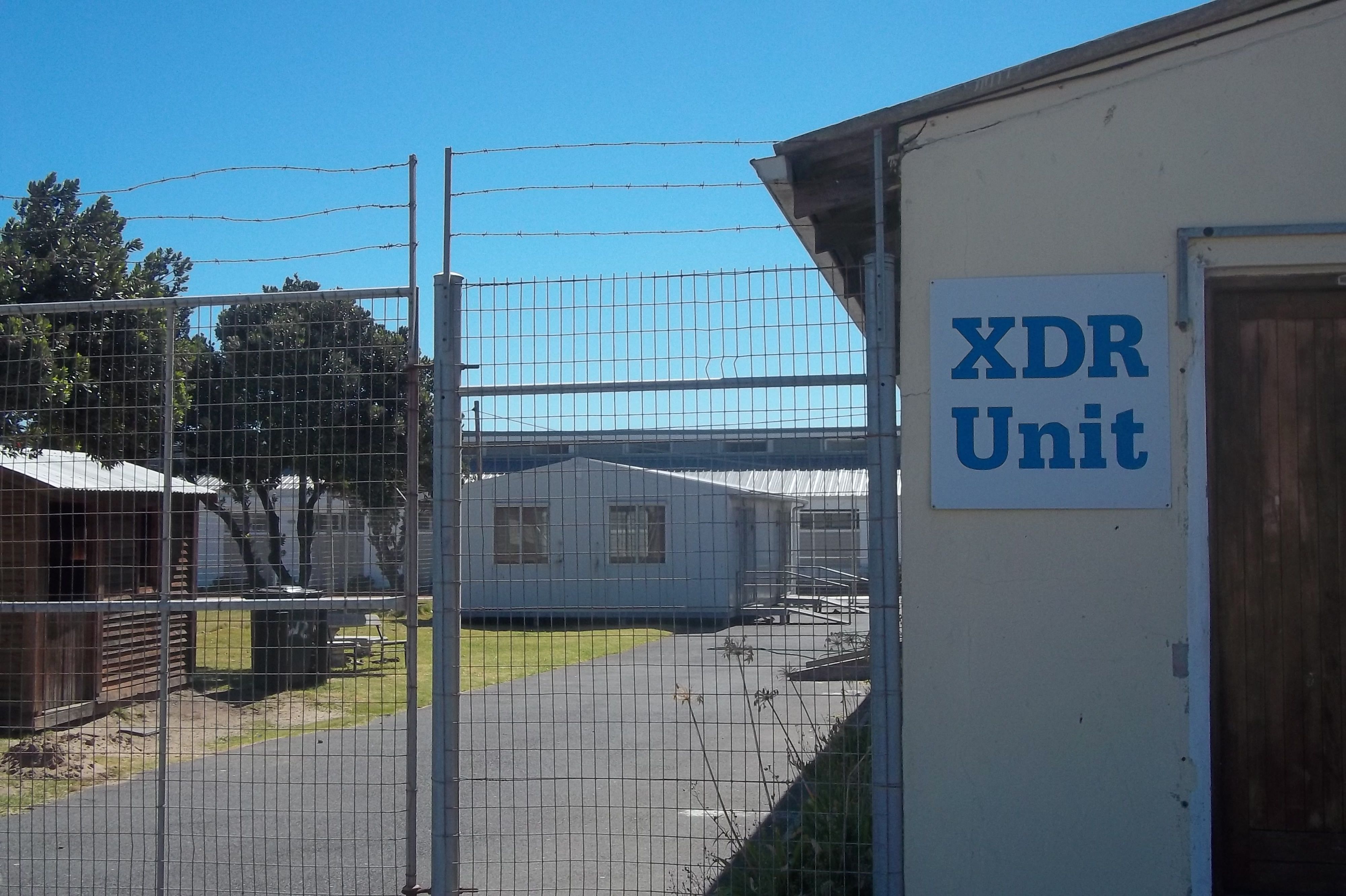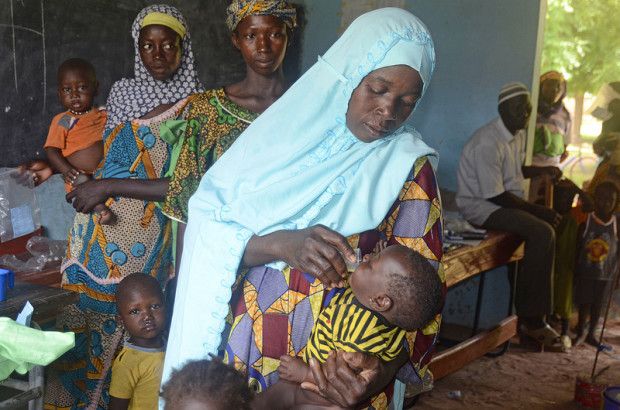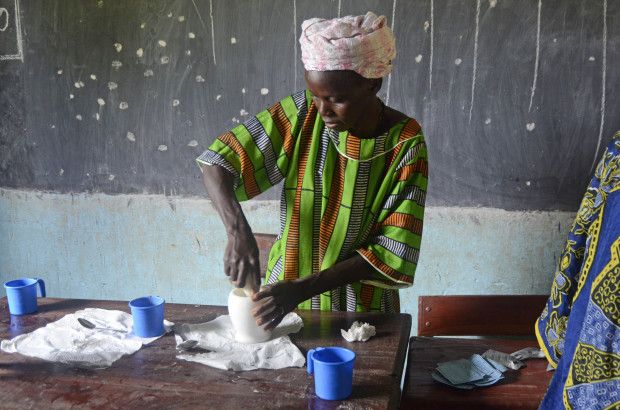Instructions:
1. Watch the Youtube video that introduces David Rochkind (our guest speaker) and visual journalism.
2. Read the set of short articles in this lesson.
Start with “South Africa: TB Community Borrowing a Page from HIV/AIDS” to get a sense of how the current state of TB is described to a general audience. (Remember that South Africa is on the cutting edge of world TB policy.)
3. Answer the following discussion questions (in the Questions section at right) and prepare detailed notes to use for our discussion on Wednesday April 6. (Your grade for in-class activity 5 will be based on your in-class contributions; you will not have to submit a written assignment.)
In the video, David Rochkind discusses the purposes of “visual journalism”: "engage people on issues" … ”give them an emotional understanding of what's happening”… “you want them to care about your issue”…“that can't be done with data alone or with writing alone”. To be sure, visual journalism is an important output in itself, but today we will examine the role it can play in driving policy change by inspiring readers to “do something”. The question we have from a policy perspective is, how is the impact of these articles on the reader translated (or not) into some kind of action that could lead to policy changes?
Pulitzer Center Education Department note: The following lesson plan is written for students to be able to explore the resources and reflection exercises independently.
